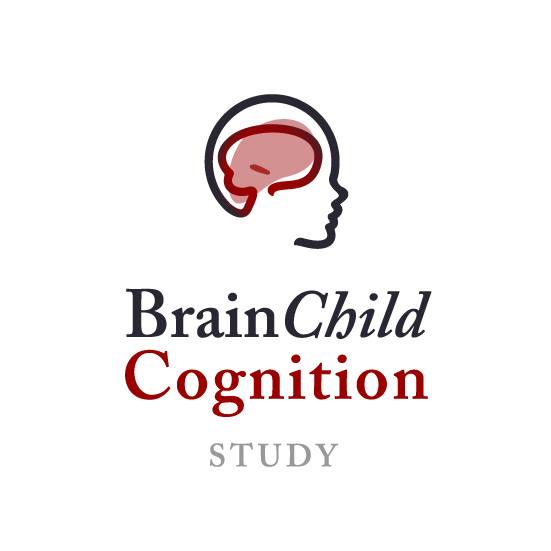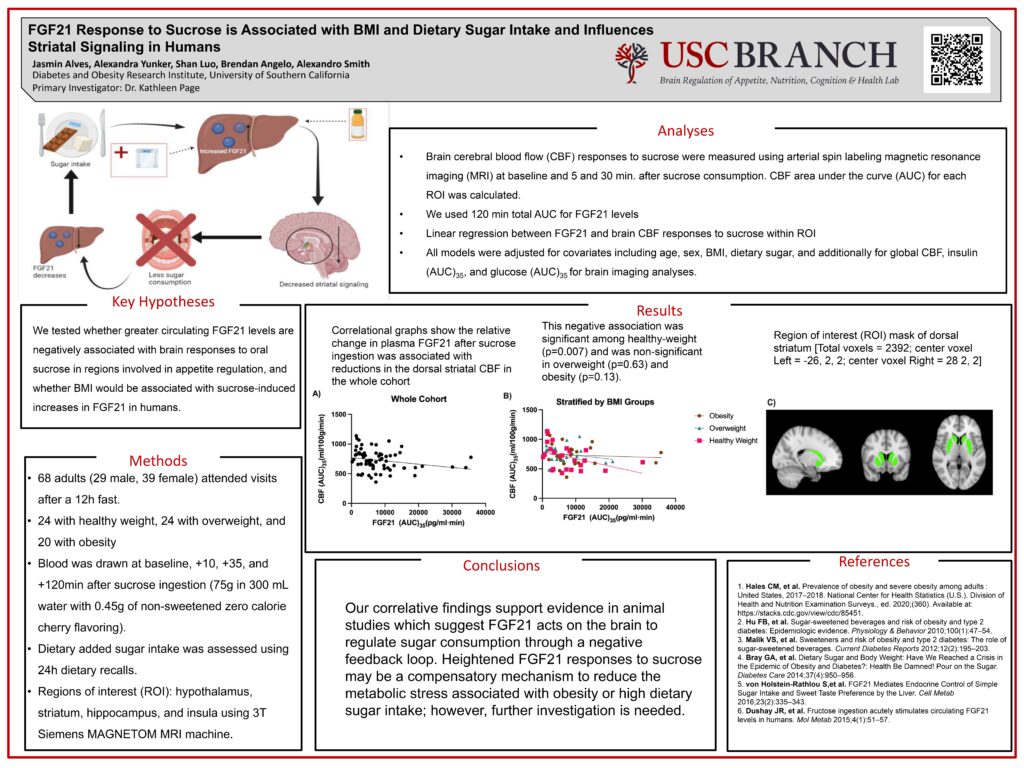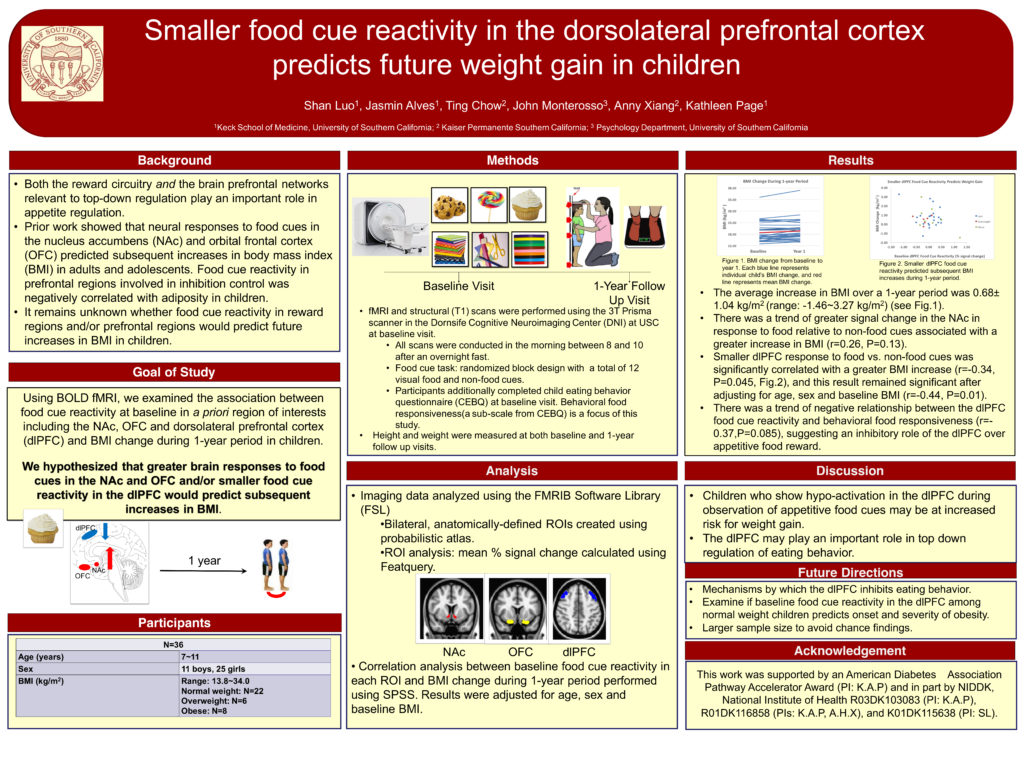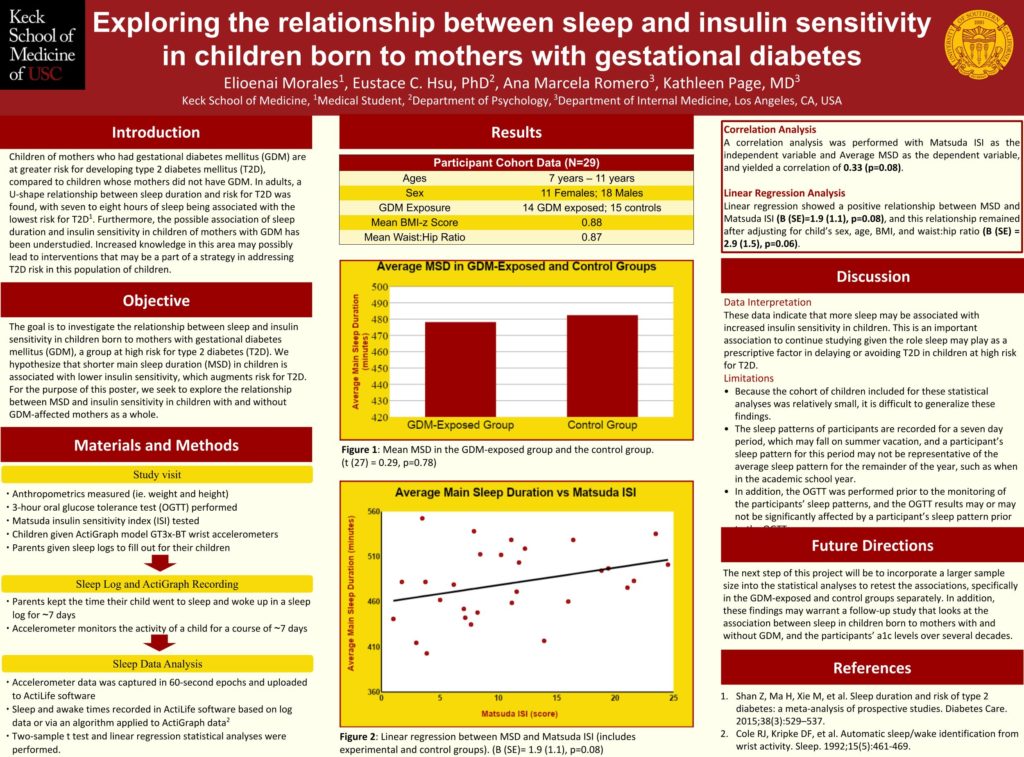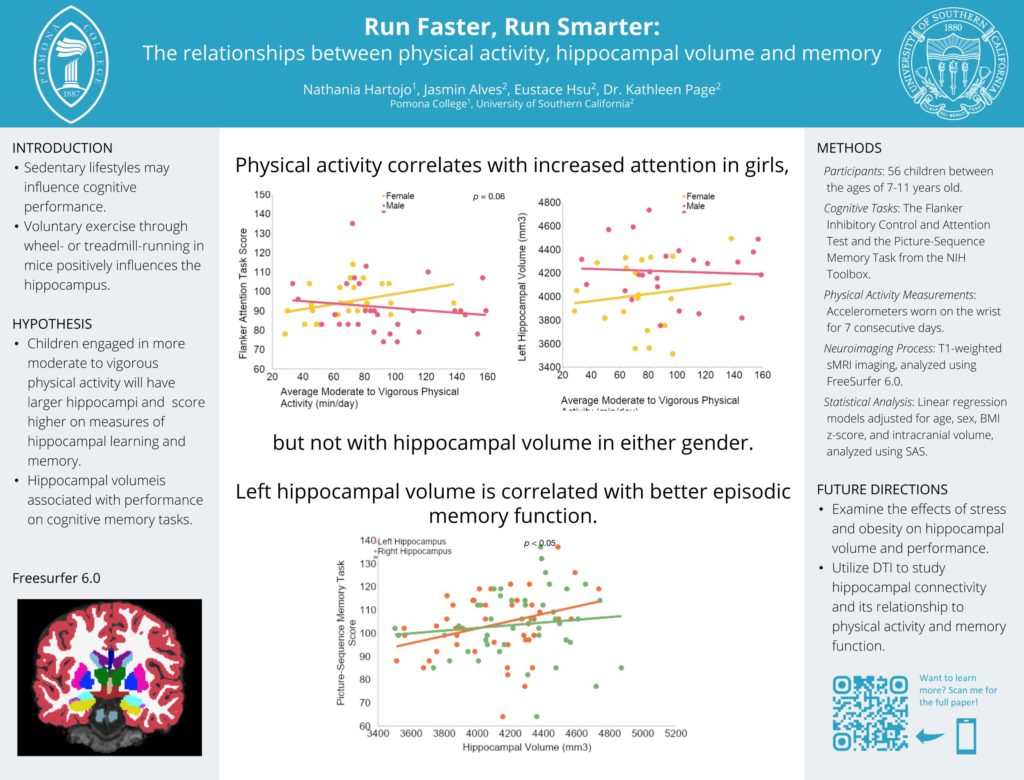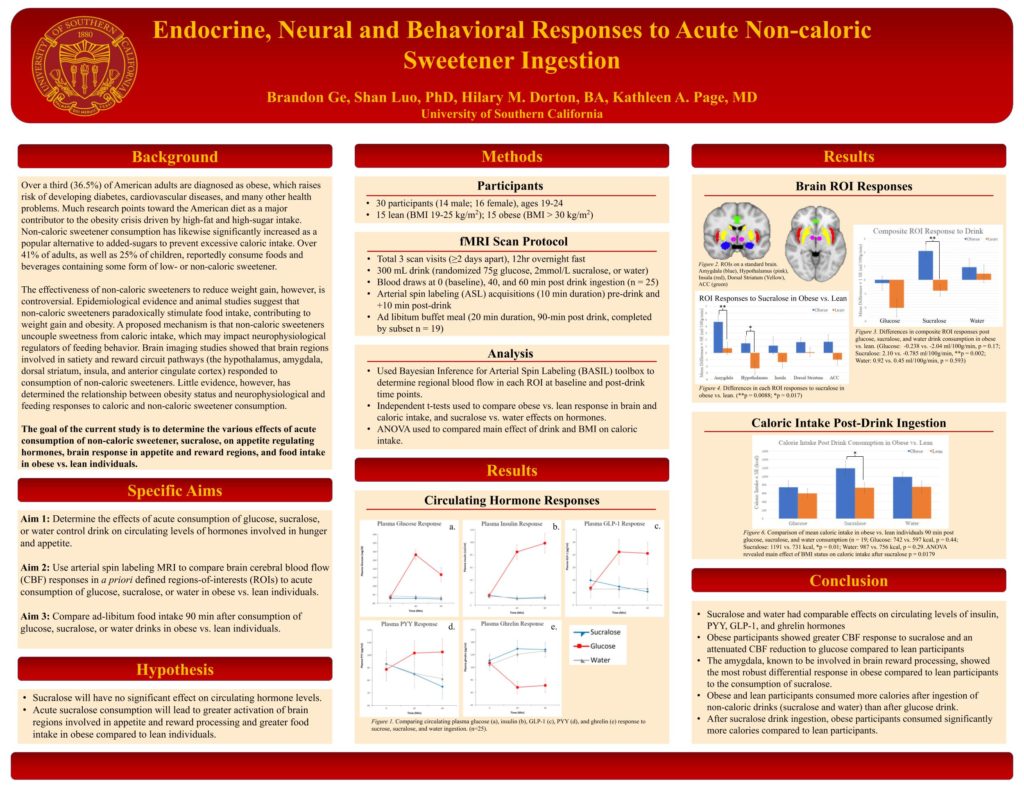About our Studies
The BRANCH Lab has two major research programs:
(i) Neuroendocrine regulation of appetite & glucose homeostasis
(ii) Maternal-fetal programming for obesity & diabetes
This study is designed to better understand the possible risks for diabetes and obesity in children whose mothers had diabetes during pregnancy. We hope to learn about how being exposed to diabetes in utero (in the womb) may affect risk for diabetes and obesity in children. We would also like to compare the risks of these conditions between children whose mothers had diabetes during pregnancy and those who did not have diabetes during pregnancy.
Neural Mechanisms for Appetite Responses to High Reward Foods
This study is about how the brain responds to eating different types of sugars. We hope to learn how the brain responds to different types of sugars (glucose, fructose, and sucrose) in young people and how this response may be different in people who are overweight and obese compared to people who are normal weight.
featured presentations
FGF21 Response to Sucrose is Associated With BMI and Dietary Sugar Intake and Influences Striatal Signaling In Humans
- Fibroblast growth factor-21 (FGF21) has emerged as a regulator of appetite through strital and hypothalamic neuron signaling.
- Our findings support prior evidence which suggests FGF21 may act on the brain through a negative feedback loop.
- The significant relationship between FGF21 secretion and cerebal blood flow in people with healthy weight but not in people with overweight or obesity suggests there may be a compensatory mechanism and FGF21 resistance involved; however, this warrants further study.
Relationships between physical activity and cortical thickness in children and young adults
- Healthy lifestyle factors, such as physical activity, has shown to have positive affects on cognitive and metabolic health
- These benefits may extend to brain health biomarkers
- We examined if physical acitivty is positively associated with cortical thickness
- We found that cortical thickness and physical activity were associated and conclude more time in physical activity may be associated with better brain health outcomes
Smaller food cue reactivity in the dorsolateral prefrontal cortex predicts future weight gain in children
- Children who show hypo-activation in the dlPFC during
observation of appetitive food cues may be at increased
risk for weight gain. - The dlPFC may play an important role in top down
regulation of eating behavior.
Exploring the relationship between sleep and insulin sensitivity in children born to mothers with gestational diabetes
These data indicate that more sleep may be associated with increased insulin sensitivity in children. This is an important association to continue studying given the role sleep may play as a prescriptive factor in delaying or avoiding T2D in children at high risk for T2D.
Run Faster, Run Smarter:
The relationships between physical activity, hippocampal volume and memory
- Physical activity correlates with increased attention in girls, but not with hippocampal volume in either gender.
- Left hippocampal volume is correlated with better episodic memory function.
Brain response to sweet food cues following acute sucralose consumption predicts caloric and sugar intake
- Sucralose may alter responsiveness to sweet foods in the environment in a way that water or caloric sugar do not.
- NNS may be less effective for some people than others to reduce subsequent
caloric intake. - Randomized control trials and intervention studies may not account for individual differences in direct behavioral responses to NNS, possibly explaining inconsistent conclusions about effectiveness of NNS.
Endocrine, Neural and Behavioral Responses to Acute Non-caloric Sweetener Ingestion
- Sucralose and water had comparable effects on circulating levels of insulin, PYY, GLP-1, and ghrelin hormones.
- Obese participants showed greater CBF response to sucralose and an attenuated CBF reduction to glucose compared to lean participants.
- The amygdala, known to be involved in brain reward processing, showed the most robust differential response in obese compared to lean participants to the consumption of sucralose.
- Obese and lean participants consumed more calories after ingestion of non-caloric drinks (sucralose and water) than after glucose drink.
- After sucralose drink ingestion, obese participants consumed significantly more calories compared to lean participants.


